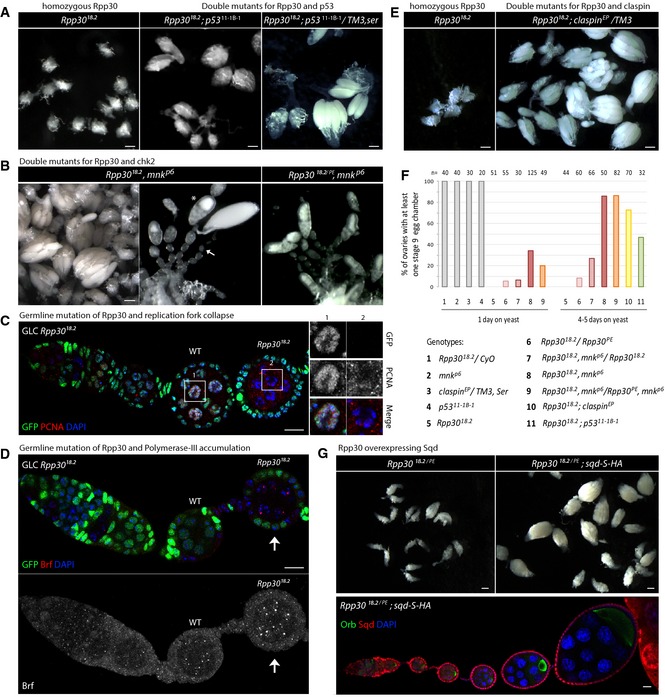Figure 3. Rpp30 mutation leads to the activation of several checkpoint proteins and to replication stress.

- Rpp30 18.2 homozygous early oogenesis arrest is partially rescued by p53 mutation. Scale bar, 100 μm.
- Early oogenesis arrest found in Rpp30 18.2 homozygous ovaries is rescued by chk2 mutation (Rpp30 18.2, mnk p6 and Rpp30 18.2 /Rpp30 PE , mnk p6). Scale bar, 100 μm. Asterisk: example of one rescued stage 9 egg chamber. Arrow: example of non‐rescued egg chambers.
- Germ line clones mutant for Rpp30 18.2 were immunostained for PCNA (red). DAPI is in blue. Magnifications: PCNA signal in a control or mutant nurse cell. Scale bar, 10 μm.
- Germ line clones mutant for Rpp30 18.2 were immunostained for Brf (pol III) (red). DAPI is in blue. A Z‐projection of Brf staining is shown. The arrow points to Brf aggregates in a mutant chamber. Scale bar, 10 μm.
- Early oogenesis arrest found in Rpp30 18.2 homozygous ovaries is partially rescued by claspin mutation (Rpp30 18.2 ; claspin EP /TM3). Scale bar, 100 μm.
- Quantification of rescued ovaries harboring at least one stage 9 egg chamber in genotypes numbered from 1 to 11 after 1 day or several days on yeast. Gray bars (1–4) are control flies. n = number of ovaries.
- Upper panel: Early oogenesis arrest found in Rpp30 182./PE transheterozygous ovaries is rescued by sqd‐S‐HA overexpression. Scale bars: 100 μm. Lower panel: Rpp30 18.2/PE; sqd‐S‐HA/sqd‐S‐HA ovaries were dissected and stained for Orb (green), HA (squid, red), and DAPI (blue). Scale bar, 10 μm.
Source data are available online for this figure.
